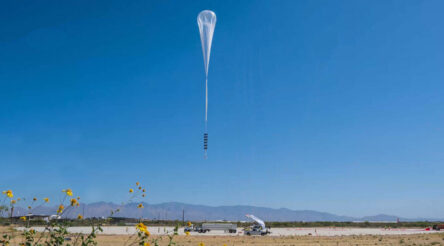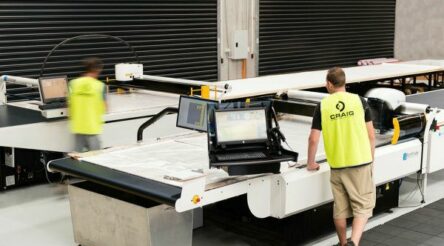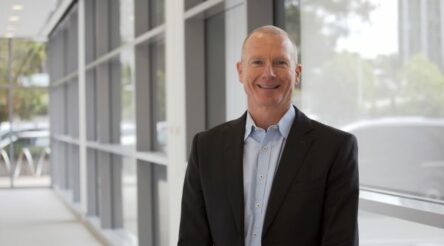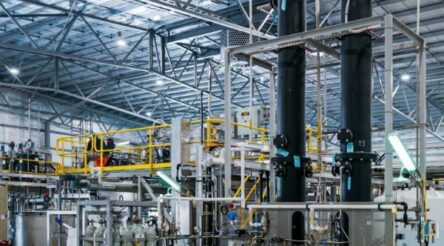Frontiers in additive manufacturing – ANSTO offers real time analysis of metal deposition systems
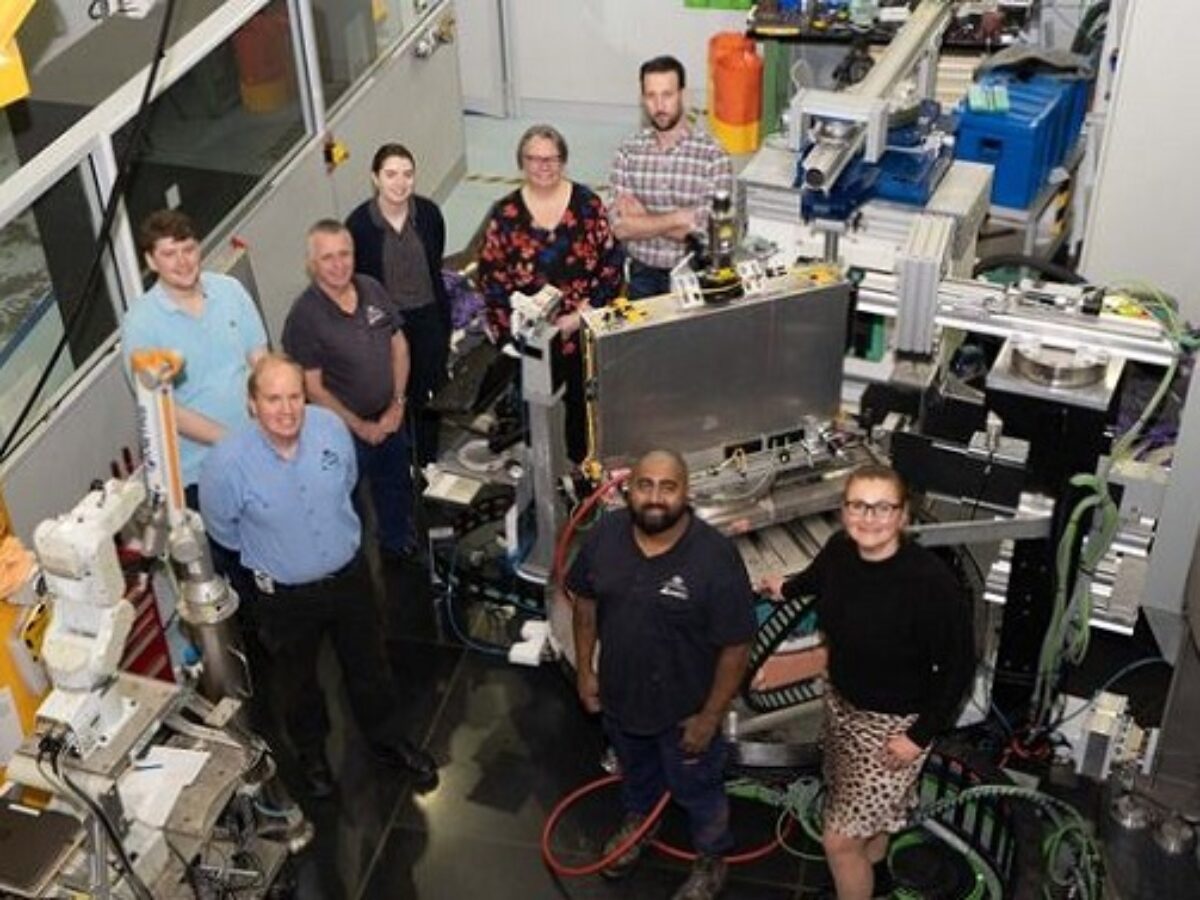
@AuManufacturing’s latest editorial series, Frontiers in Additive Manufacturing reveals a new capability developed at the Lucas Heights nuclear facility which will offer real-time information about the powder deposition process in metal additive manufacturing systems.
The Australian Nuclear Science and Technology Organisation has boosted its additive manufacturing capabilities with the installation of a custom built Laser Metal Deposition (LMD) system at the Lucas Heights nuclear reactor.
ANSTO expects that the unique LMD capability will assist Australian researchers and companies to understand and optimise advanced manufacturing techniques and enhance sovereign manufacturing in Australia.
Laser Metal Deposition can be used to produce 3D parts or repair existing components, such as high-strength components for aircraft or civil structure components.
ANSTO said the system – commissioned on the Kowari strain scanner – was a first-in-the-world development and would allow the organisation to conduct in-situ experiments at the Australia Centre for Neutron Scattering (ACNS).
The new LMD system – installed on the Kowari instrument – enables researchers to undertake neutron measurements during powder-fed laser additive manufacturing and is expected to provide real-time information about the deposition process to enable further optimisation.
The project was co-funded by a Research Attraction and Acceleration grant from the Office of the Chief Scientist and Engineer (NSW), the National Collaborative Research Infrastructure Strategy (NCRIS) and ANSTO.
Industry engagement manager at the Australia Centre for Neutron Scattering, Professor Anna Paradowska said some refinements remained to be made to facilitate ease of operation.
Nonetheless the development was a considerable technical achievement that was designed and constructed by ANSTO.
Professor Paradowska said: “We have a great technical and design team that pushed the boundaries of what could be achieved for this important area of research.
“For the first time, we can characterise and manufacture in-house”.
ANSTO’s OPAL reactor is the source of neutrons used in Kowari, which can accommodate large objects of up to one tonne on the sample table and move them around reproducibly to a high degree of accuracy.
The main advantage of using neutrons – as opposed to X-rays – to examine a sample which can be the size of an engine block is that neutrons can penetrate centimetres into the object while x-rays can penetrate not deeper than ~100μm.
Sample environment professional officer Chris Baldwin said the first experiment on Kowari had been completed and the team was extremely pleased with the initial results.
Baldwin said: “This new sample environment capability greatly enhances to measure the evolution of stresses in a 3D printed material, and will assist us in optimising solidification whilst minimising defects, which is crucial in advanced manufacturing.”
![]() Frontiers In Additive Manufacturing is brought to you through the support of VSF Large Area 3D Printers by CNC Designs.
Frontiers In Additive Manufacturing is brought to you through the support of VSF Large Area 3D Printers by CNC Designs.
Picture: ANSTO’s Kowari instrument team members
Subscribe to our free @AuManufacturing newsletter here.
Topics Manufacturing News Technology
@aumanufacturing Sections
Analysis and Commentary Awards Defence Manufacturing News Podcast Technology Videos







